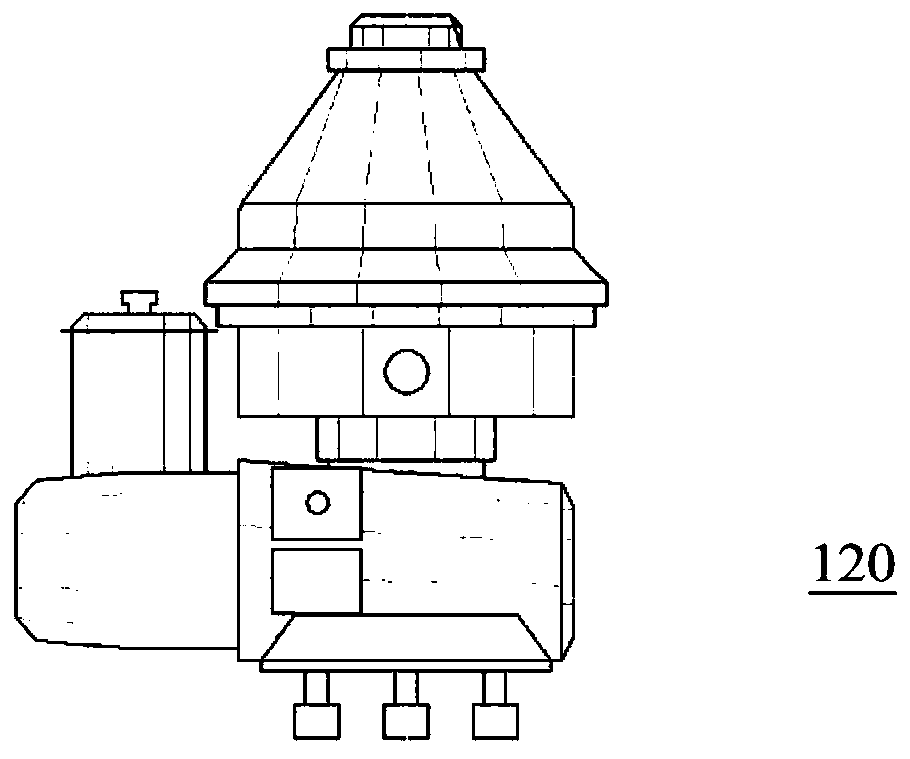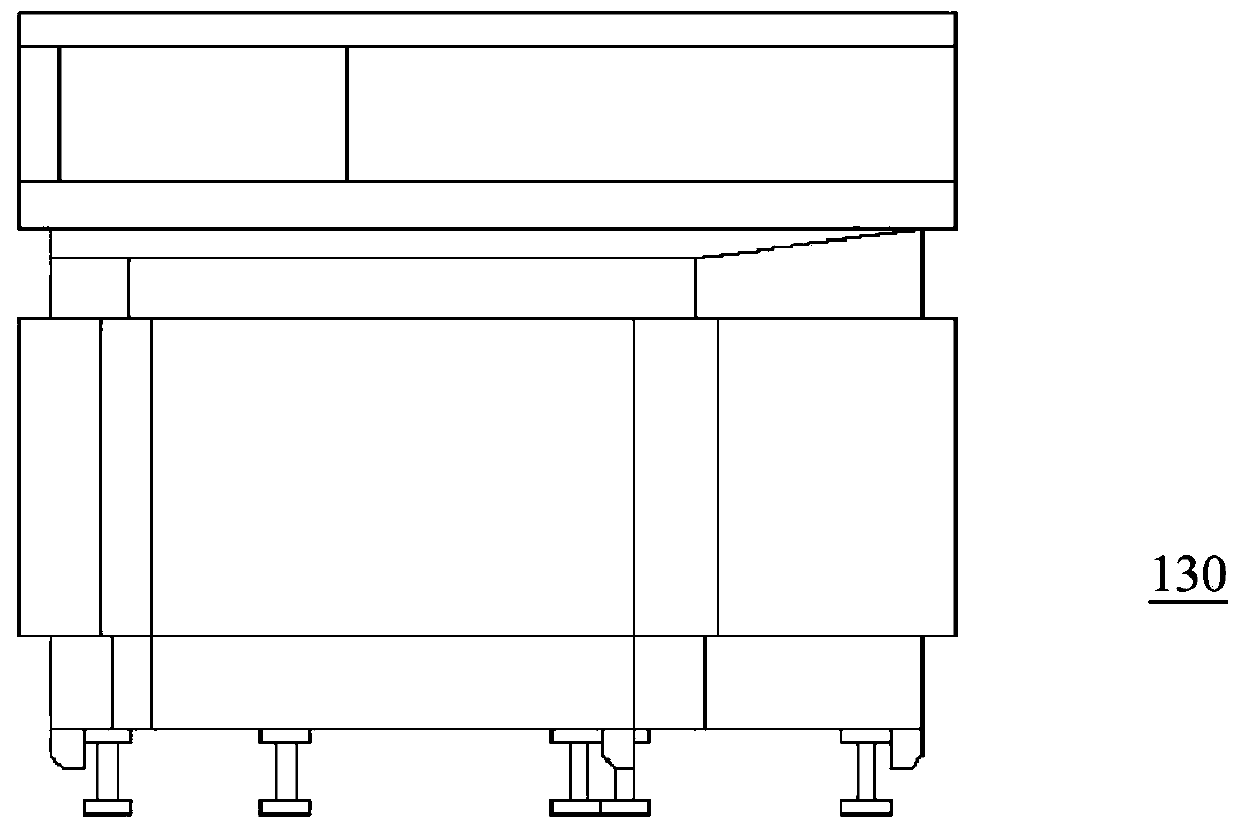Concentration method and equipment
An equipment and membrane concentration technology, applied in milk processing equipment, milk preparations, milking devices, etc., can solve the problems of high energy consumption cost, high energy consumption, high concentration requirements, etc.
- Summary
- Abstract
- Description
- Claims
- Application Information
AI Technical Summary
Problems solved by technology
Method used
Image
Examples
Embodiment 1
[0146] 1) After the raw milk arrives at the factory, the physical and chemical index test is carried out. TS 12.33%, fat 3.2%, and protein 3.1%. The raw milk that meets the requirements is filtered to remove physical impurities. Among them, the pore size of the primary filter is 1.00mm, and the pore size of the secondary filter is 0.50mm. mm.
[0147] 2) After the raw milk is temporarily stored, it is sterilized and separated, and then the raw milk is cooled to 7 degrees Celsius and stored.
[0148] 3) Raw milk enters the homogenizer for cold homogenization, the temperature is 13 degrees Celsius, and the two-stage pressure is 170bar in total, of which, the pressure of the first-stage homogenization is 120bar, and the pressure of the second-stage homogenization is 50bar, and then it enters the sterilization separator for decontamination. spores, the separation rate of spores is greater than 95%, and the total solid content in the obtained raw milk is 12.35%.
[0149] 4) Raw mi...
Embodiment 2
[0156] 1) After the raw milk arrives at the factory, the physical and chemical indicators are tested, TS 13.1%, fat 2.9%, protein 3.2%, and the raw milk that meets the requirements is filtered to remove physical impurities. Among them, the pore size of the primary filter is 1.00mm, and the pore size of the secondary filter is 0.50mm mm.
[0157] 2) After the raw milk is temporarily stored, it is sterilized and separated, and then the raw milk is cooled to 7 degrees Celsius and stored.
[0158] 3) Raw milk enters the homogenizer for cold homogenization, the temperature is 13 degrees Celsius, and the two-stage pressure is 170bar in total, of which, the pressure of the first-stage homogenization is 120bar, and the pressure of the second-stage homogenization is 50bar, and then it enters the sterilization separator for decontamination. spores, the separation rate of spores is greater than 95%, and the total solid content in the obtained raw milk is 12.35%.
[0159] 4) Raw milk ent...
Embodiment 3
[0166] 1) After the raw milk arrives at the factory, the physical and chemical index test is carried out. TS 12.7%, fat 3.1%, and protein 3.3%. The raw milk that meets the requirements is filtered to remove physical impurities. Among them, the pore size of the primary filter is 1.00mm, and the pore size of the secondary filter is 0.50mm. mm.
[0167] 2) After the raw milk is temporarily stored, it is sterilized and separated, and then the raw milk is cooled to 7 degrees Celsius and stored.
[0168] 3) Raw milk enters the homogenizer for cold homogenization, the temperature is 13 degrees Celsius, and the two-stage pressure is 170bar in total, of which, the pressure of the first-stage homogenization is 120bar, and the pressure of the second-stage homogenization is 50bar, and then it enters the sterilization separator for decontamination. spores, the separation rate of spores is greater than 95%, and the total solid content in the obtained raw milk is 12.35%.
[0169] 4) Raw mil...
PUM
 Login to View More
Login to View More Abstract
Description
Claims
Application Information
 Login to View More
Login to View More - R&D Engineer
- R&D Manager
- IP Professional
- Industry Leading Data Capabilities
- Powerful AI technology
- Patent DNA Extraction
Browse by: Latest US Patents, China's latest patents, Technical Efficacy Thesaurus, Application Domain, Technology Topic, Popular Technical Reports.
© 2024 PatSnap. All rights reserved.Legal|Privacy policy|Modern Slavery Act Transparency Statement|Sitemap|About US| Contact US: help@patsnap.com










